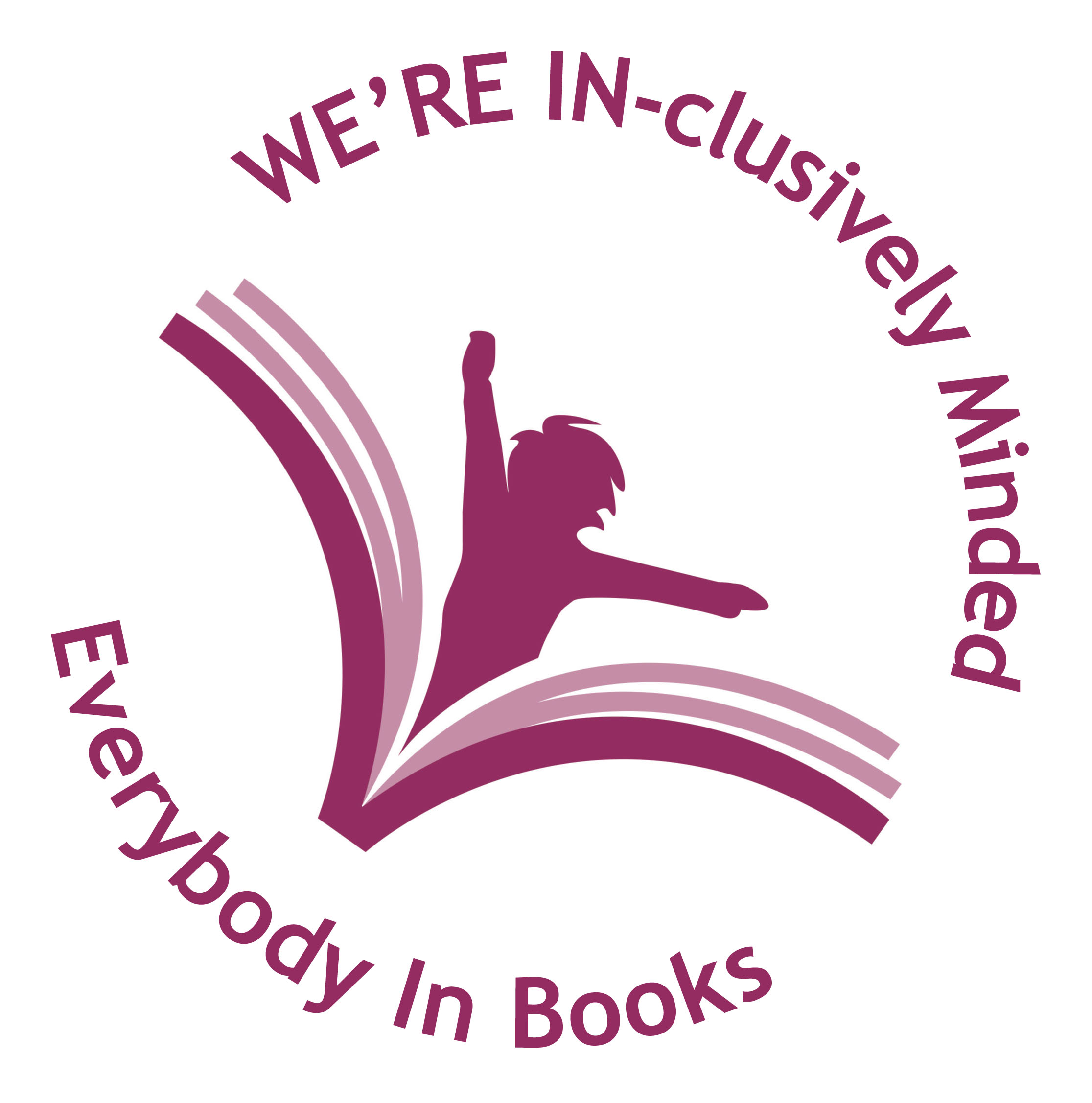Advice for Schools
The example commitments have been written to work across the children's book industry. Below are some suggestions for how you could apply them within a school environment.
Example Core Commitments
Work towards all new books being authentically inclusive.
- When selecting books, consider who is portrayed and how. Are characters from marginalised backgrounds fully rounded and authentic, or does their characterisation rely on stereotypes?
- Ensure that your literacy policy highlights the importance of inclusivity and diversity in books.
- Strive to increase the number of books relevant to diversity/inclusivity.
- Ensure the school library and all classrooms have books by authors and illustrators from marginalised backgrounds.
- Let suppliers know that you're activity looking for diverse authors and inclusive books.
Actively promote and display books that are inclusive of a diverse range of characters.
- Display and use inclusive books and those by diverse authors with the same status as any other book.
- Consider ways in which you display, position and use inclusive and diverse titles to ensure that they are seen as just part of the literary landscape.
- Ensure all teaching staff are aware of the inclusive books available and confident in finding books that feature particular characters or cover certain topics and answering student queries about these.
- Avoid the trap of thinking that books only need to reflect the backgrounds/needs of the particular make-up of the classroom or location.
Attend/organise training, events and discussions around the areas of inclusion and diversity to motivate, educate and inspire.
- Ensure that book events, including author visits and World Book Day events, feature a diverse range of authors and illustrators.
- Explore opportunities for diversity and inclusivity training to motivate, educate and inspire staff to ensure the school represents a truly inclusive and accessible environment.
- Assign an INSET day to focus on diversity and inclusion.
- Attend book events focused on inclusion and diversity.
Seek advice and consultancy to ensure that diverse characters are authentic.
- If you're unsure about the authenticity of representation in a book that you are considering having or using in the classroom, seek advice about its contents.
- Involve students in choosing books.
Carry out regular audits of books to assess inclusion and diversity
- Consider school book stock in relation to inclusivity/diversity and feedback to suppliers about missing/underrepresented areas.
- Of the books that are inclusive, how authentic are the portrayals?
- How could the proportion of inclusive books be increased? Make an action point of how this will be achieved.
Ensure that books and book events are accessible to as wide an audience as possible.
- Keep accessibility in mind when selecting books, and of course consider any specific needs of your classroom. This might mean seeking out particular formats of book and/or books which offer good readability in terms of paper, typeface, layout, contrast and any background behind the text.
- Consider the use of colour and line in illustrations, keeping in mind what a child with a visual processing difference would be able to see.
- Think about how tactile elements will be interpreted by a blind or partially sighted child.
Example Supplementary Commitments
For each book ask ‘Who is represented in this book, and how? Are the characters reflective of the world we live in? Is the representation authentic?’
- Make questioning an automatic part of the book selection process.
- Include information about authentic inclusion in your literacy policy.
- Let suppliers know that you're activity looking for diverse authors and inclusive books.
Discuss inclusion and diversity with colleagues and challenge those who downplay its importance.
- Make topics around inclusion part of your everyday conversations. Have discussions around stereotyping and accessibility. Consider why you personally believe that inclusion is important and use this as a starting point for conversations about its general importance.
Actively develop knowledge of different facets of diversity.
- Research and read around different facets of diversity.
- Follow relevant blogs and twitter feeds.
- Watch programmes about diversity.
- Attend events focused on diversity.
Seek out and support those who create and curate high-quality inclusive books.
- Seek out authors and illustrators from diverse backgrounds.
- Seek out authors who write well-researched inclusive books.
- Seek out and support publishers who publish high-quality inclusive books and suppliers who stock authentically inclusive books.
Sign up to relevant newsletters to keep in touch with developments.
- Sign up to the Inclusive Minds newsletter.
- Sign up to the CBC Diversity Initiative newsletter.
